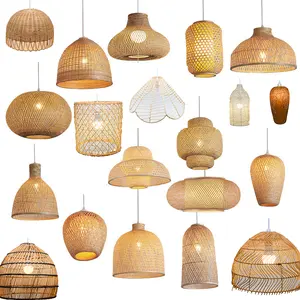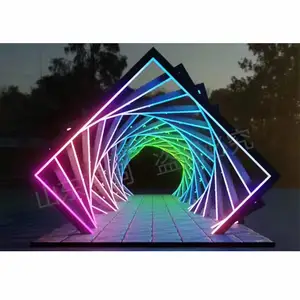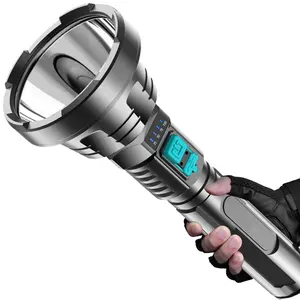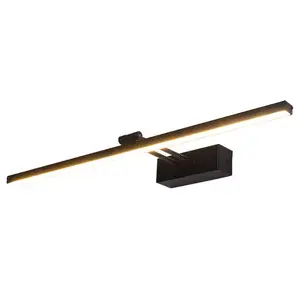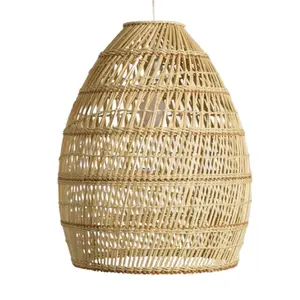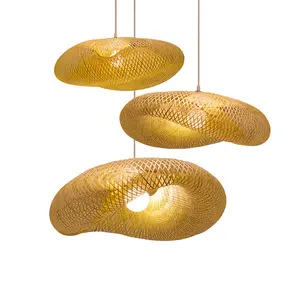Popular in your industry





















































































































































































Top categories
About graze bars
Within the realm of architectural illumination, graze bars stand as a testament to the fusion of aesthetic appeal and functional lighting. These specialized lighting fixtures are designed to highlight textures and features of buildings and landscapes, casting light that grazes surfaces, thus enhancing their architectural details.
Types of Graze Bars and Their Characteristics
Graze bars come in various forms, each tailored to specific lighting needs. Some are designed for narrow beam angles, creating a sharp contrast and dramatic effect, while others offer a wide beam spread for a softer, more diffused illumination. There are also RGBW (Red, Green, Blue, White) LED graze bars that allow for color-changing effects, which can be used to highlight architectural features with dynamic, colorful lighting. The choice between static and dynamic color options provides designers with the flexibility to create both timeless and contemporary looks for various projects. Additionally, the variety includes different lengths and intensities, enabling precise customization for projects of any scale, from highlighting a small architectural detail to illuminating an entire facade.
Structure and Operation of Graze Bars
The structure of graze bars is a marvel of engineering, consisting of an array of components that work in harmony. The housing, typically made of durable materials like aluminum, encases the LED modules, optics, and electrical circuitry. The optics are finely tuned to control the direction and spread of light, while the LEDs are chosen for their luminous efficacy and color rendering. Advanced models may include heat sinks for thermal management and gaskets for enhanced waterproofing, ensuring that the bars operate efficiently and have a long service life. The internal structure often features a modular design, allowing for easy replacement and upgrading of components, which is a crucial consideration for long-term maintenance and sustainability.
Materials and Their Properties
The choice of materials for graze bars is deliberate, with each material serving a specific purpose. Aluminum provides a lightweight yet sturdy frame, which is crucial for both ease of installation and endurance against weathering. Glass or polycarbonate lenses protect the LED modules and allow for precise light distribution. These materials are selected not only for their durability but also for their non-corrosive properties, ensuring that the graze bars maintain their aesthetic appeal over time. The materials are also chosen for their environmental resistance, with some variants offering higher resistance to UV rays, ensuring that the bars do not discolor or degrade when exposed to sunlight over long periods.
Business Usages and Applications
In the business realm, graze bars serve as a key component in enhancing brand visibility and architectural beauty. Retail spaces utilize them to create inviting storefronts, while corporate buildings employ them to underscore their modernity and sophistication. In hospitality, graze bars transform hotels and restaurants, setting the mood and guiding the ambiance. The strategic placement of these lights can draw attention to special features, promote safety by illuminating pathways, and even increase perceived value, thereby creating a significant return on investment. In industrial settings, graze bars are used to ensure safety and operational efficiency by providing clear, bright lighting in critical areas.
Functions of Graze Bars
The primary function of graze bars is to illuminate and accentuate the texture of surfaces. They are adept at revealing the contours and patterns of various materials, from the roughness of natural stone to the sleekness of modern metal cladding. This function is not just aesthetic; in public spaces like stadiums, graze bars contribute to safety and navigation by clearly defining architectural elements and boundaries. Additionally, they can be integrated into emergency lighting systems, providing a clear path in the event of power failures or other emergencies.
Features and Unique Selling Points
Graze bars are distinguished by features such as their IP rating, which ensures they are suitable for outdoor use, and their dimming capabilities, which allow for energy savings and dynamic lighting effects. Some models offer smart control systems, enabling them to be integrated into larger building management systems or to respond to environmental changes, such as daylight or occupancy levels. These features make graze bars not just lighting fixtures but integral components of an intelligent building design. The inclusion of advanced optics technology also allows for precise control over the light distribution, minimizing light pollution and focusing the illumination exactly where it is needed.
Benefits of Using Graze Bars
The benefits of using graze bars are manifold. They enhance security by illuminating dark areas, contribute to energy efficiency through LED technology, and elevate the aesthetic appeal of any space. By improving the visibility of signage and pathways, they also enhance the functionality of commercial and public spaces. The psychological impact of well-designed lighting cannot be overstated; it can improve mood, create an ambiance, and even influence consumer behavior. Moreover, the low maintenance requirements and long lifespan of LED graze bars make them a cost-effective lighting solution over time.
How to Use and Choose the Right Graze Bars
Effective use of graze bars involves understanding the specific lighting requirements of a space. When choosing the right graze bars, consider the beam angle needed, the color temperature that best suits the project, and the IP rating required for the environment. For installation, ensure that the bars are positioned at the correct distance from the wall to achieve the desired grazing effect and that they are compatible with the existing electrical systems. It's also important to consider the control system; whether a simple on/off switch is sufficient or if a more sophisticated DMX control is needed for dynamic lighting effects.
How to Clean and Maintain Graze Bars
Cleaning and maintaining graze bars is straightforward but essential. Regularly wipe the housing and lenses with a soft, damp cloth to remove dust and debris. Check the seals and gaskets periodically to ensure they remain watertight. For technical maintenance, such as replacing LEDs or repairing circuitry, consult a professional to ensure the longevity and performance of the graze bars. It's also advisable to periodically check the alignment of the bars and adjust them if necessary to ensure the lighting effect remains consistent.
How to Install Graze Bars
Installation of graze bars should be carried out by qualified personnel. It involves mounting the bars securely to the surface, making electrical connections in accordance with safety standards, and configuring any control systems. Proper alignment is crucial to achieve the intended lighting effect, and in some cases, custom brackets may be needed to accommodate unique architectural features. The installation process may also involve programming the lighting if dynamic or color-changing effects are desired.
Target Audience and Meeting Their Needs
The target audience for graze bars includes architects, lighting designers, landscape artists, and business owners who value both form and function in lighting. These products meet their needs by offering a combination of durability, efficiency, and aesthetic flexibility. Whether the goal is to highlight an architectural masterpiece or to create a welcoming commercial space, graze bars provide a solution that is both effective and visually stunning. They cater to the needs of a diverse clientele, from those looking to enhance a small boutique to city planners aiming to revitalize urban spaces.
